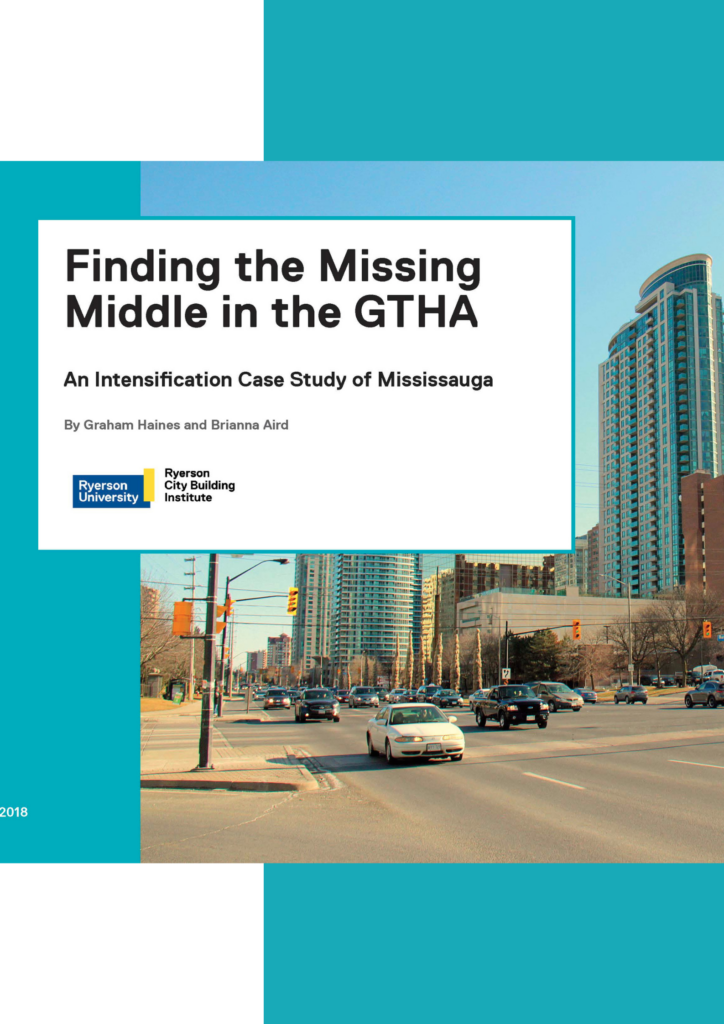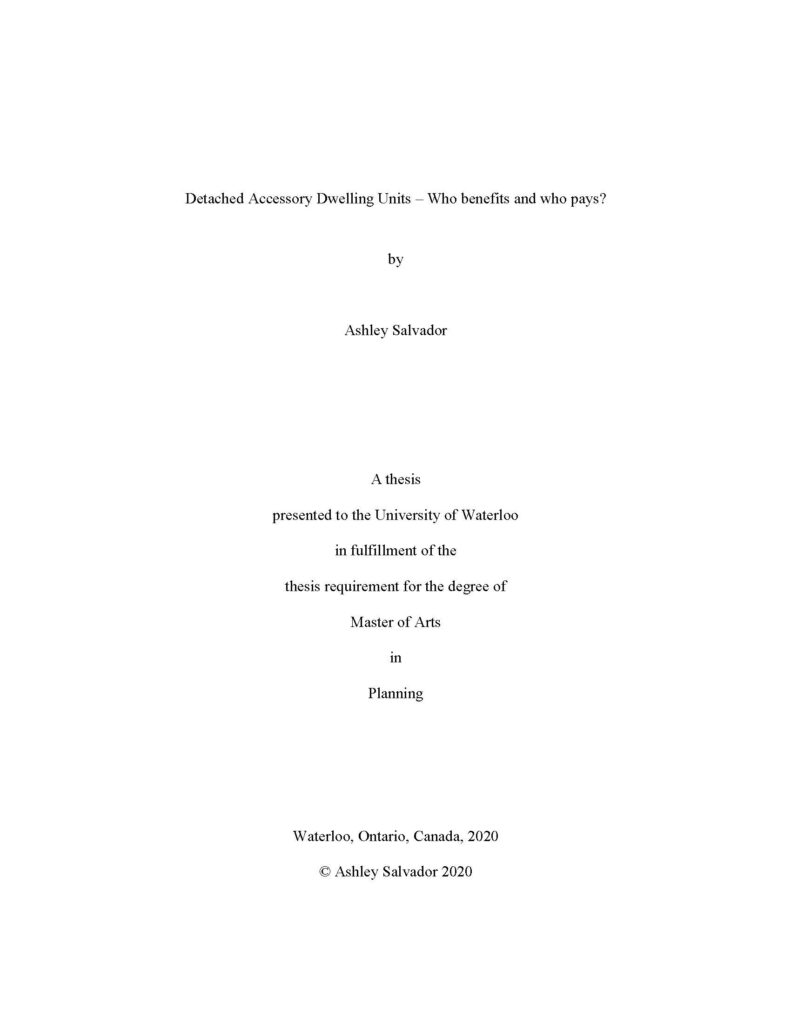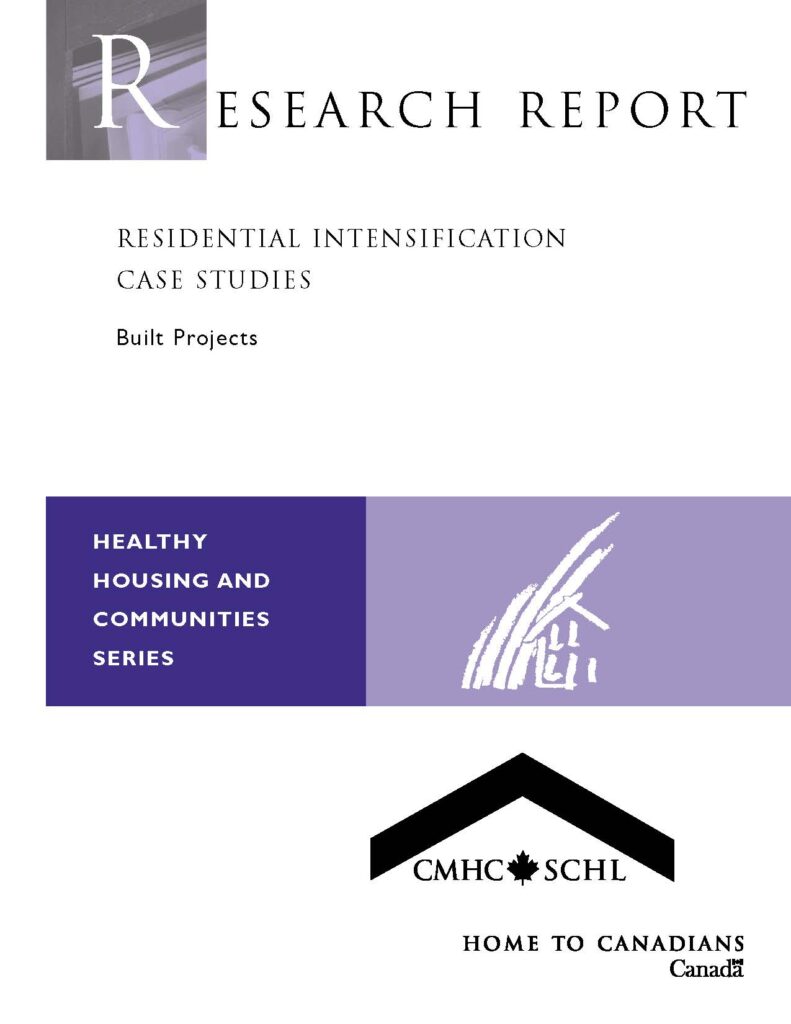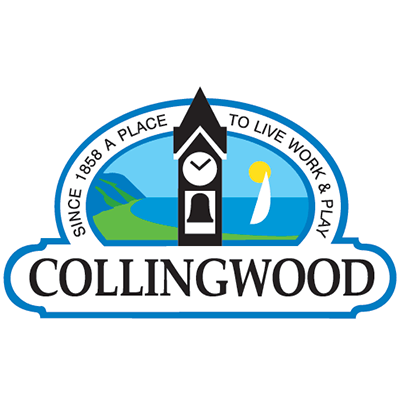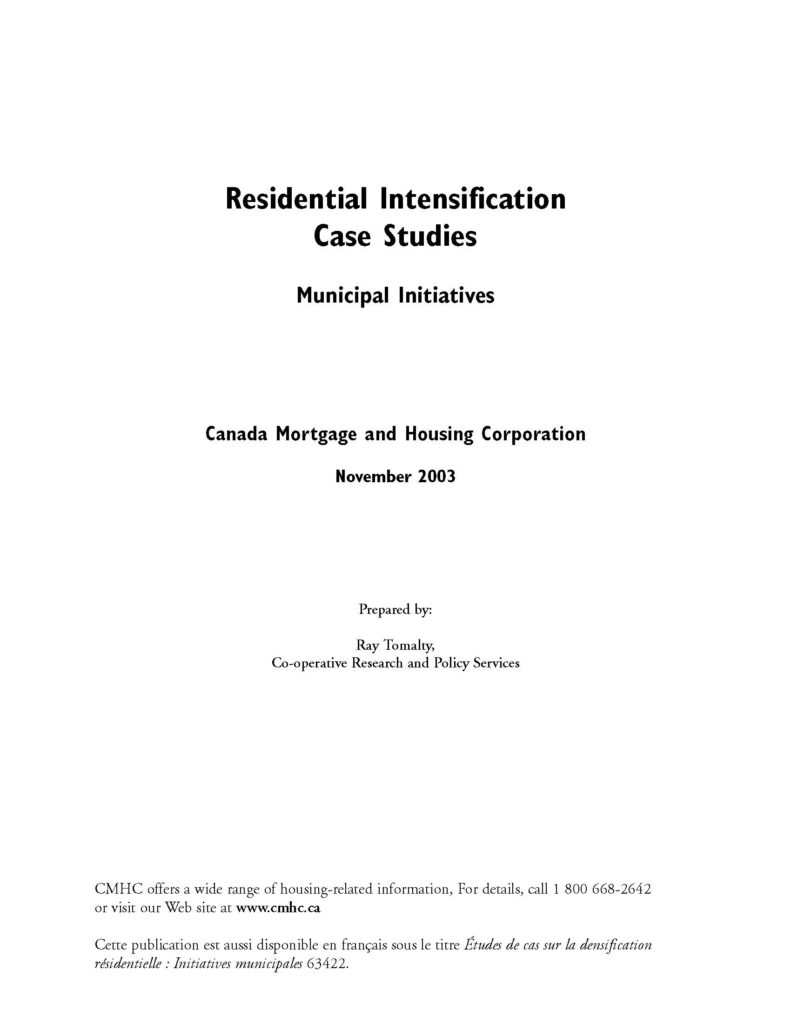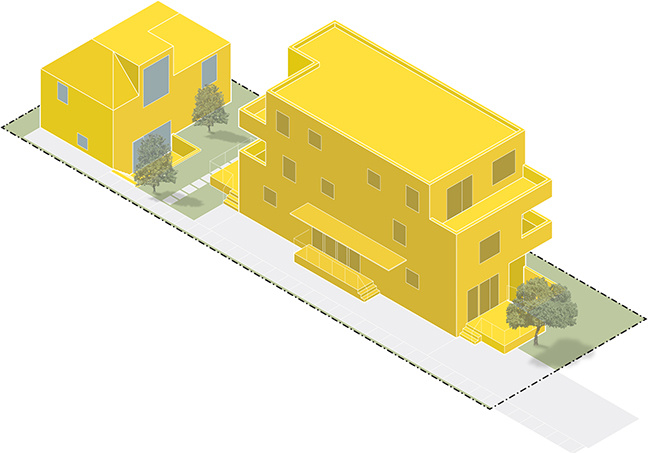
ReHousing is a pioneering research initiative focused on converting single-family homes into multi-unit housing. Their approach emphasizes affordable, common-sense design to create high-quality, well-designed living spaces. Explore more about their work on their profile page on the Gentle Density Toolbox.
ReHousing leads numerous innovative projects, including a design catalogue featuring cost-effective, gentle density designs. This catalogue offers unique insights into the challenges and opportunities presented by various house configurations and lot sizes.
The designs in this catalogue have been categorized based on the relative cost and complexity of construction. Each design is mindful of future phasing, so you can move from one level to the next without having to redo work that you have already done. Each drawing represents one of the thirteen common house types found throughout Toronto, where ReHousing is based.
The full catalogue can be accessed here.
